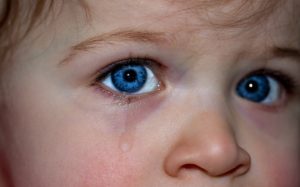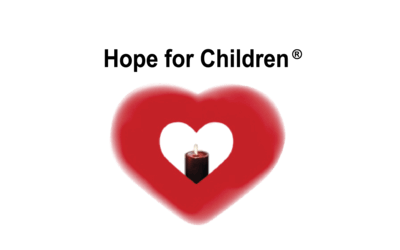Health Survey Economic Hardship
Posted by Patricia on Jun 18th 2018
Health Survey Finds Most Common Adverse Childhood Experiences Are Economic Hardship, Parental Breakups
Economic hardship and the divorce or separation of parents are the two most common adverse childhood experiences, hereafter referred to as, (ACEs) of children in the United States, according to a new brief from ChildTrends. The brief is based on data from the 2016 National Survey of Children’s Health (NSCH) and describes the prevalence of eight specific ACEs among children from birth through age 17, as reported by a parent or guardian.

Health Survey Economic Hardship, Parental Breakups
ACEs can cause intense feelings of fear and helplessness in children and have been linked to negative outcomes across the lifespan, including poor physical and mental health, substance use, depression, lower educational attainment, unemployment, and poverty. Not all children who experience ACEs suffer lasting consequences, as the long-term outcomes are often offset or mitigated if they occurred within the context of positive relationships.
NSCH
The NSCH survey asks parents or guardians whether their children have ever experienced the following:
- Lived with a parent who has separated or divorced
- Lived with a parent or guardian who died
- Lived with a parent or guardian who was imprisoned
- Lived with a parent or guardian with a substance use disorder
- Lived with anyone mentally ill, suicidal, or seriously depressed for more than a few weeks
- Witnessed a parent, guardian, or adult in the household behaving violently
- Been the victim of violence or seen violence in his or her neighborhood
- Experienced economic hardship “somewhat often” or “very often”
Key findings include the following:
- Almost half (45 percent) of all children have experienced at least one ACE, which is similar to the findings in the 2011–2012 NSCH survey.
- One in 10 children have experienced three or more ACEs, putting them at high risk for poor outcomes.
- Children of different backgrounds and ethnicities do not experience ACEs equally. Nearly two-thirds (61 percent) of Black non-Hispanic children and 51 percent of Hispanic children have experienced at least one ACE, compared with 40 percent of White non-Hispanic children and 23 percent of Asian non-Hispanic children.
Thank you for your interest.
Hope for Children Foundation

